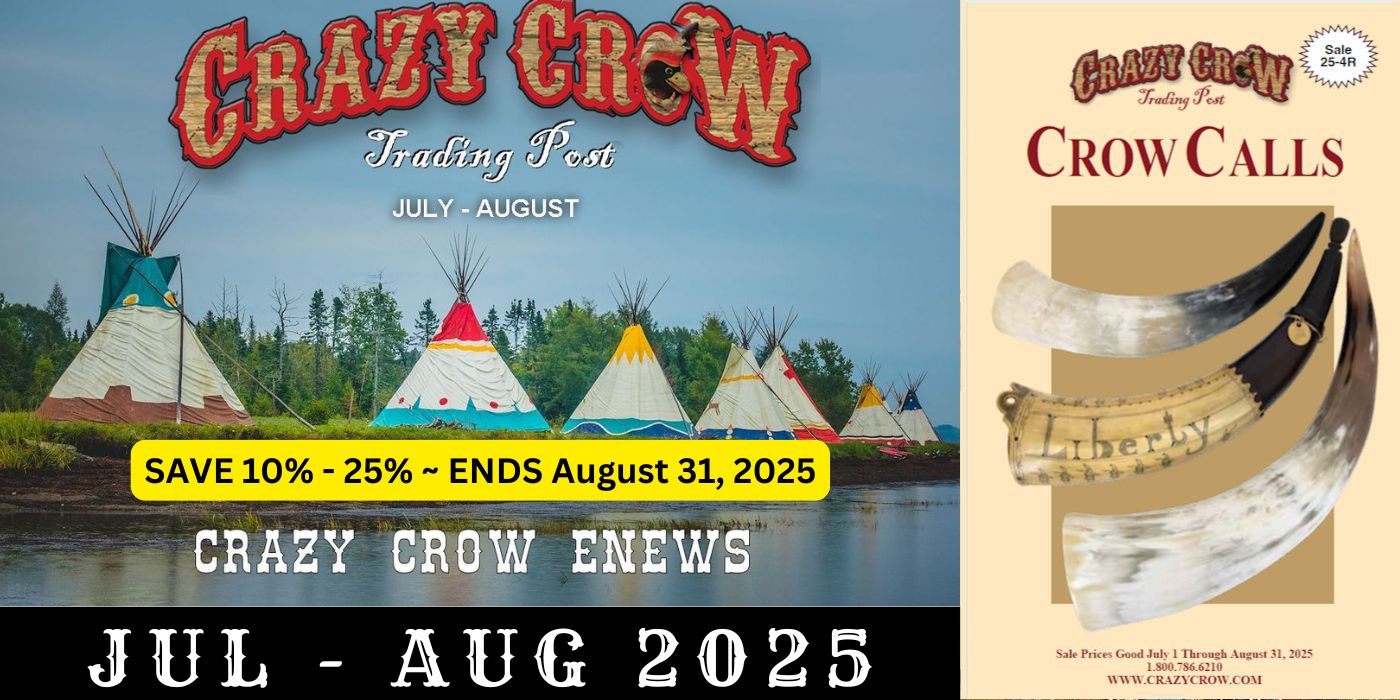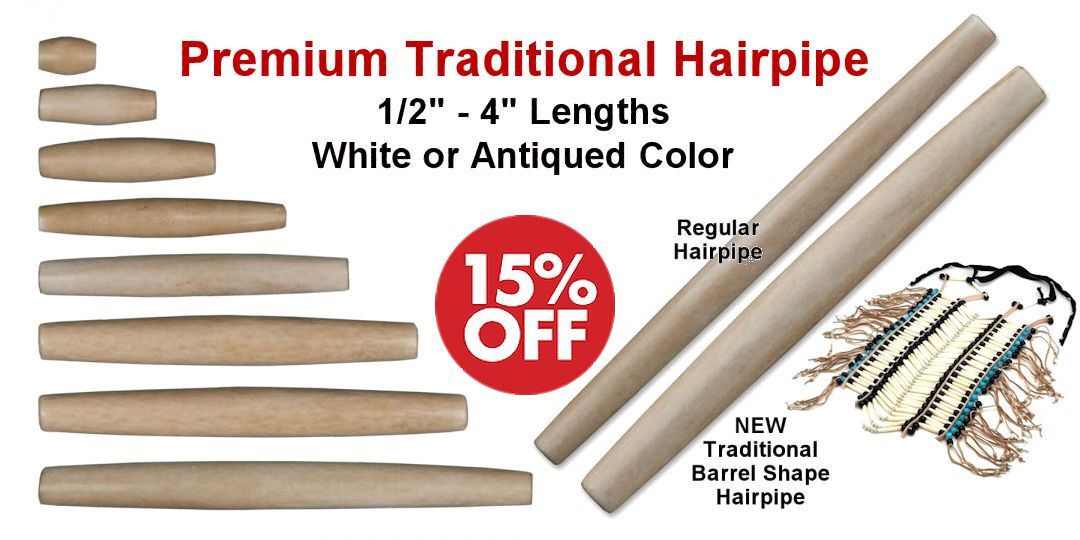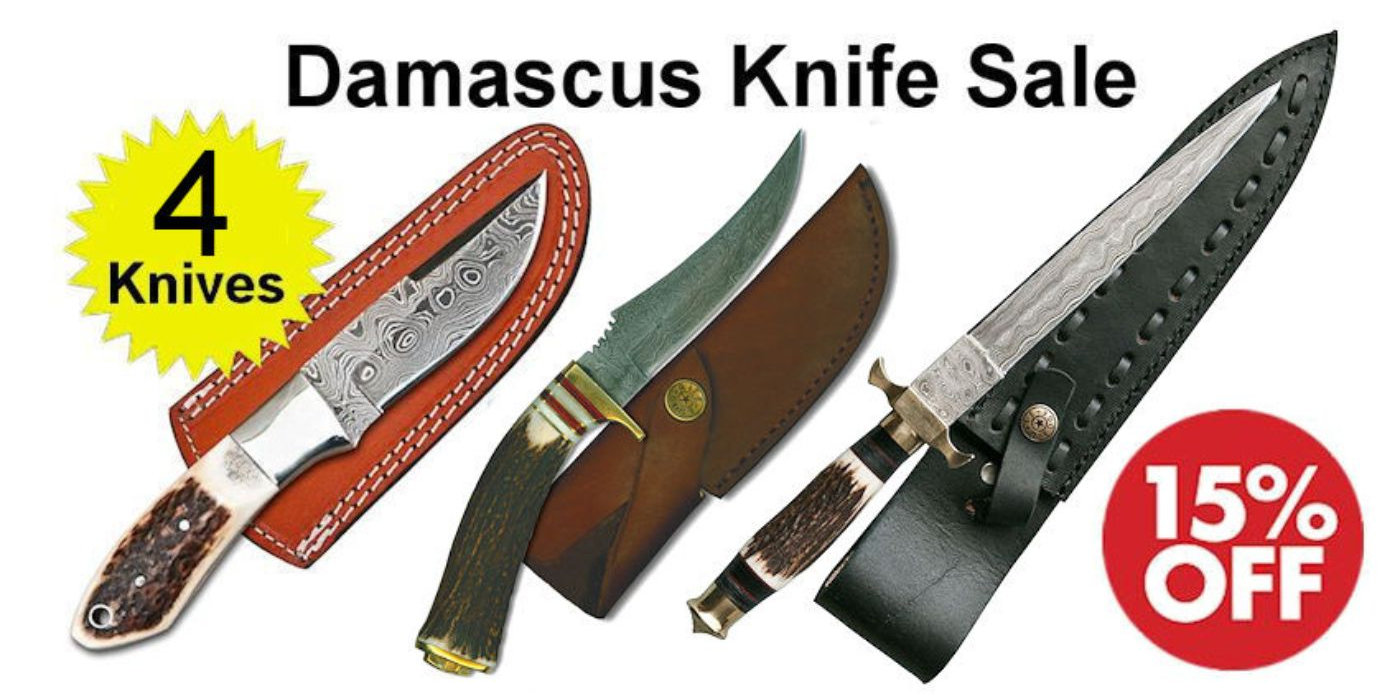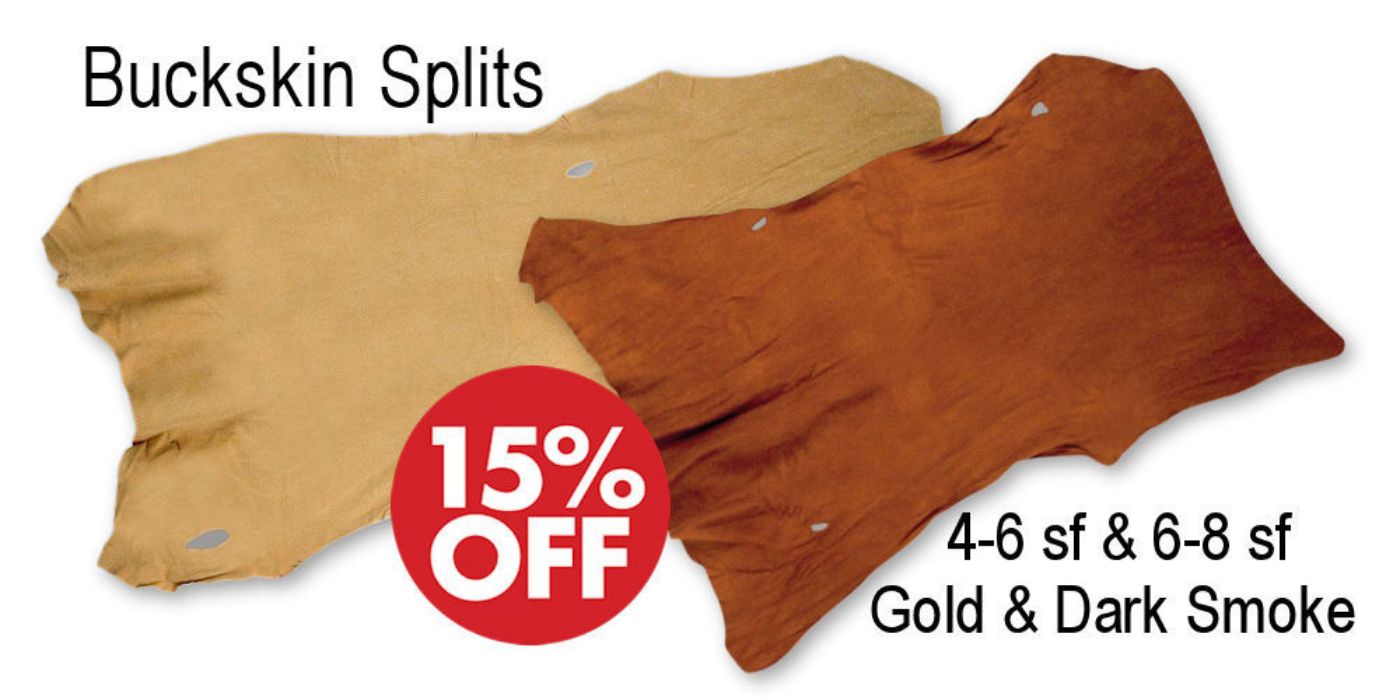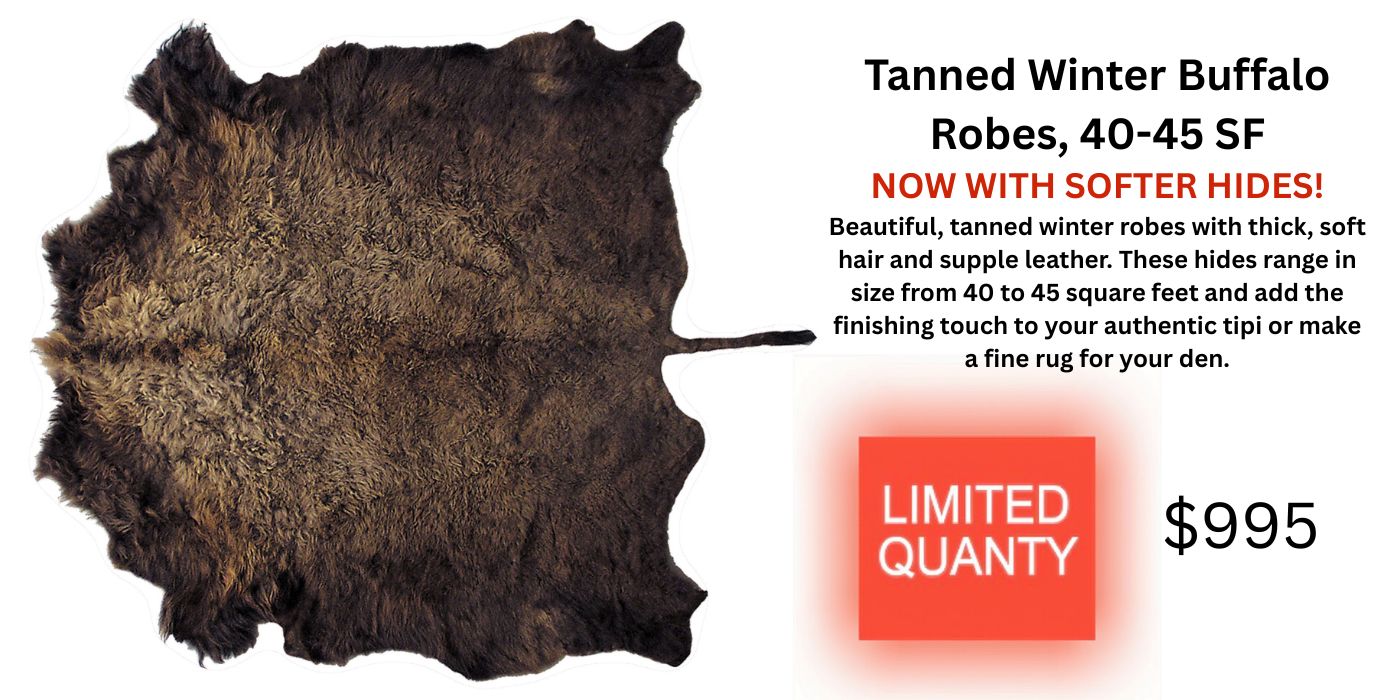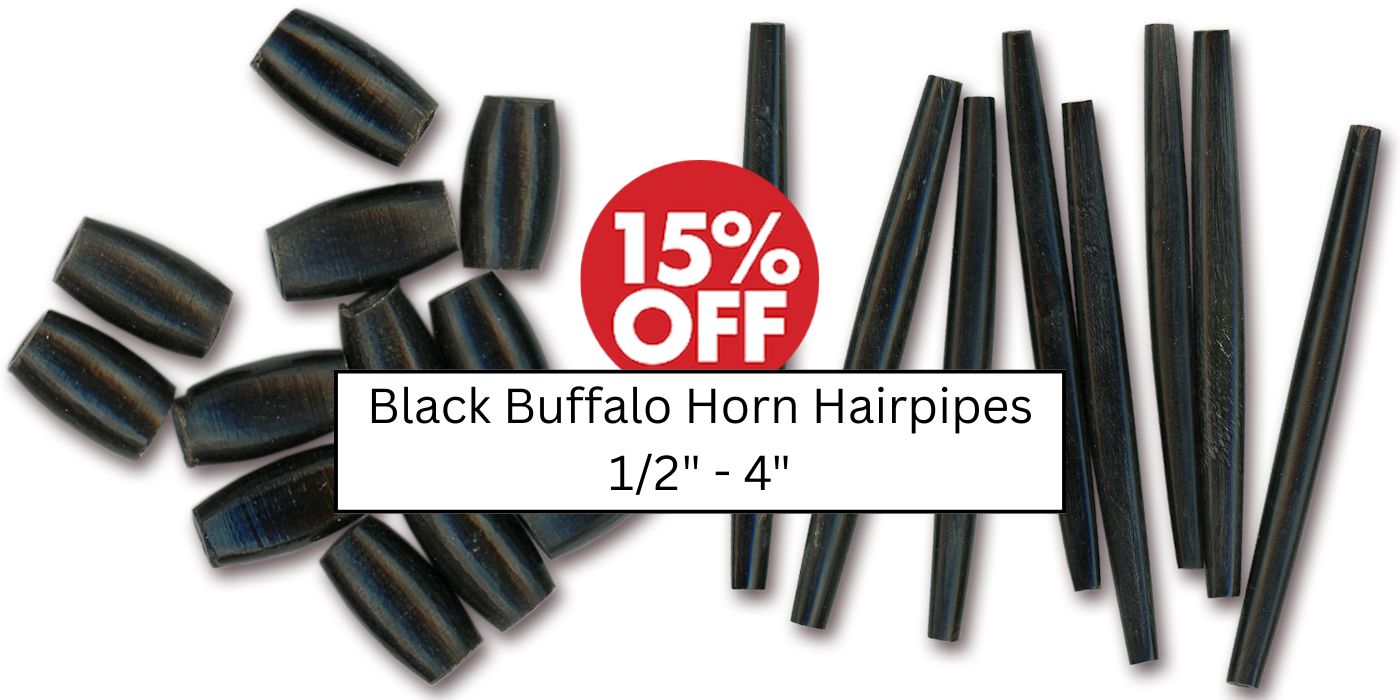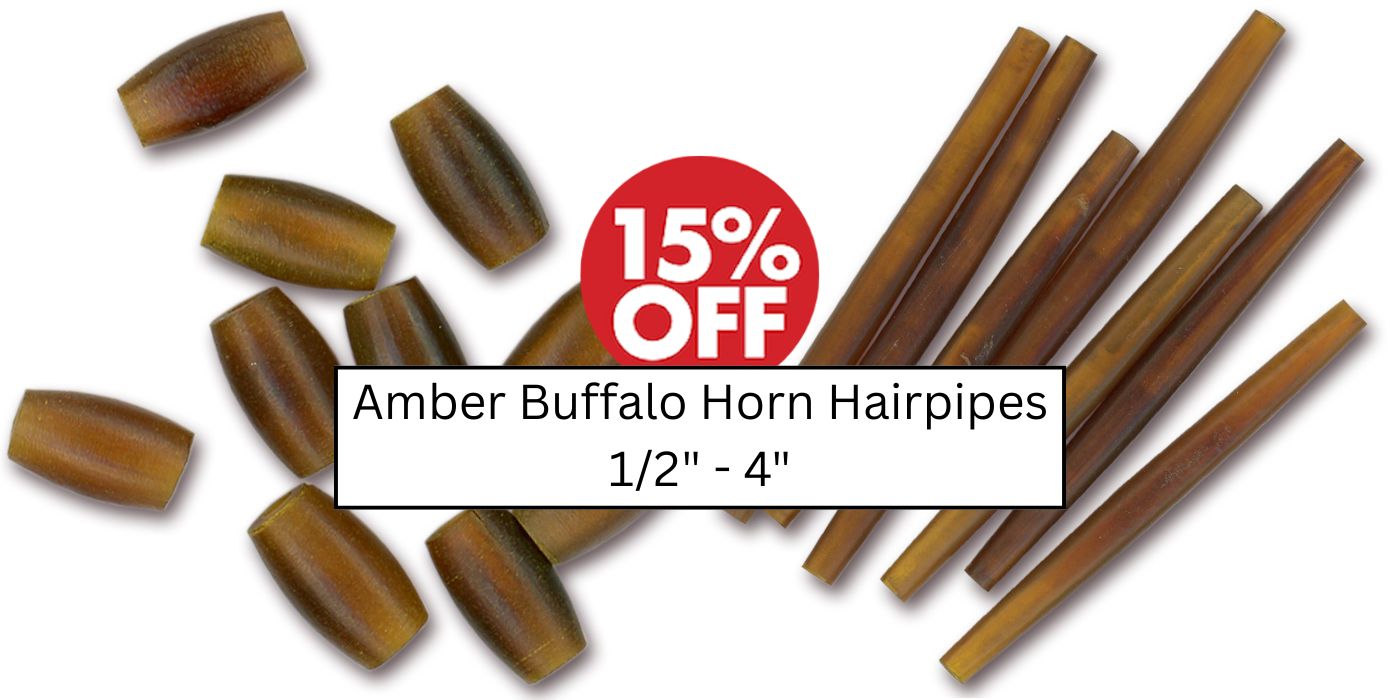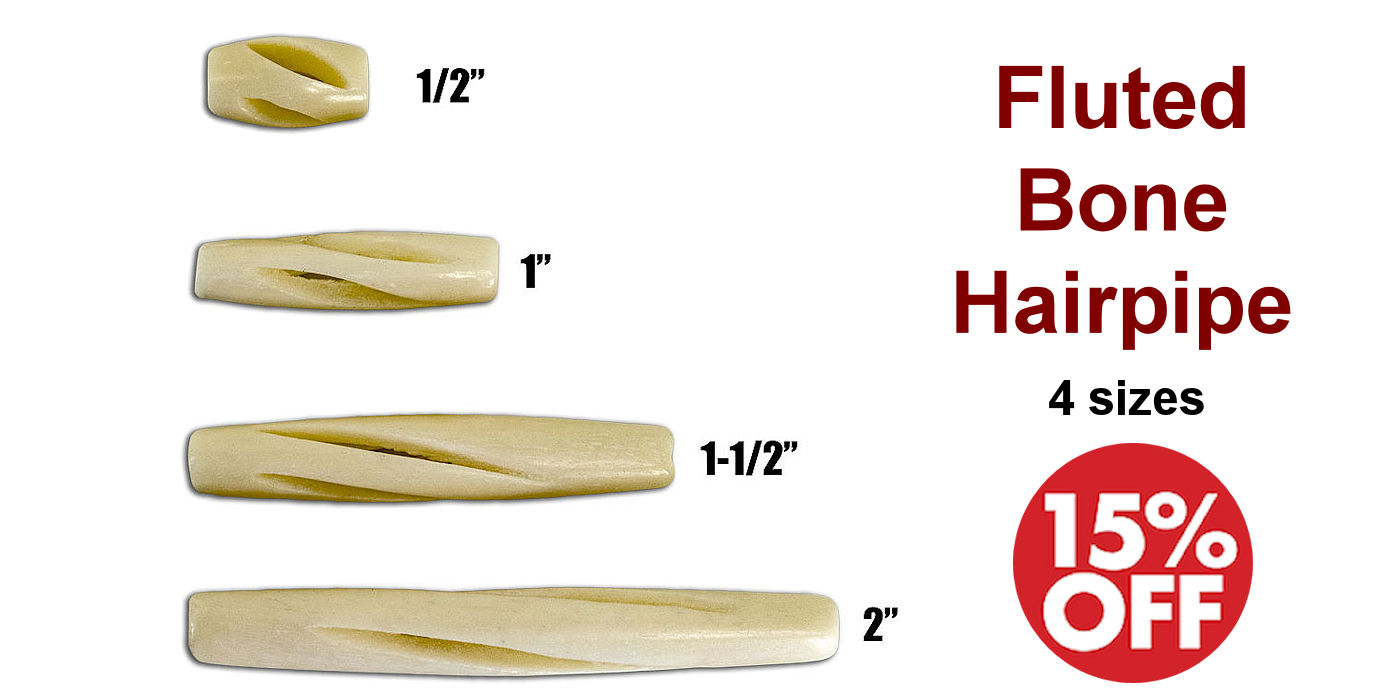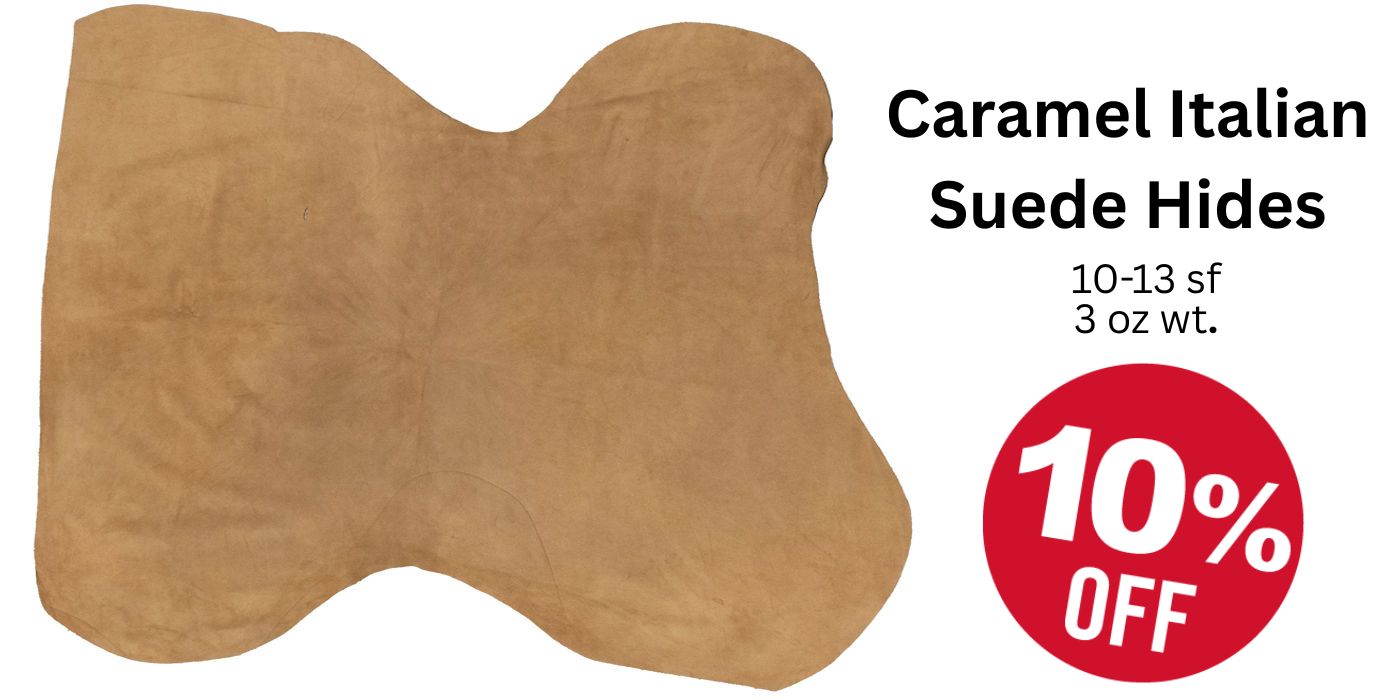

Hawk Bells: From European Falconry to American Trade Goods
Crazy Crow Trading Post ~ June 2014
Photo Credit: Barry Hardin
Hawk Bells: From European
Falconry to American Trade Goods
Crazy Crow Trading Post ~ June 2014
Photo Credit: Barry Hardin
Small bells of sheet brass or copper, often called hawk’s bells, have long been recognized as one of the items of trade brought to the New World by early European explorers and colonizers. [1] These bells were originally used as part of falconry equipment in medieval Europe. Hawk bells were brought to the American continents by early European explorers and colonizers in the 16th – 18th centuries as trade goods. When they are found in the southern United States in early Mississippian archaeological digs, hawk bells are considered evidence for direct or indirect Mississippian contact with early European expeditions such by Hernando de Soto, Pánfilo de Naváez, or others [2] in the earliest exchanges that led to subsequent spread by further trade and their introduction into Native American material culture for decoration of regalia and other items.

Photo Credit: Colchester and Ipswich Museum Service, CC BY 2.0, via Wikimedia Commons. Medieval Copper-Alloy Hawk Bell.
Bells and Medieval Falconry
The original use of hawk bells was in falconry. Hawking, the use of trained “raptors” to capture wild game, is an elite sport that was established throughout Europe no later than AD 500. The primary raptor used in hawking was peregrine and gyrfalcon, but they were only owned by the highest ranked individuals. The lower nobility and wealthier commoners practiced falconry with the goshawk and sparrow hawk.[3]
These “Hawking bells” were attached in pairs to one of the birds’ legs by a short leather leash. The bells are necessarily made of lightweight material, weighing no more than seven grams (1/4 ounce). Hawk bells found on archaeological sites are larger, although no more than 3.2 centimeters (1.3 inches) in diameter.[4]
Historical Evidence
Spanish historical records dated to the 16th century describe the use of hawking bells or large brass hawking bells) as trade items, along with iron knives and scissors, mirrors and glass beads as well as clothing, maize and cassava. Although bells are not specifically mentioned in the de Soto chronicles, they were distributed as trade goods by several different Spanish explorers, including Pánfilo de Naváez, who gave bells to Dulchanchellin, a Mississippian chief in Florida, in 1528; and Pedro Menéndez de Aviles, who in 1566 presented Calusa headmen with bells among other objects.[5]
Because of this, in the southern half of what is today the United States, hawk bells are often cited as evidence of the Pánfilo de Naváez and Hernando de Soto expeditions of the mid-16th century.
From their earliest explorations of the New World, Spanish explorers such as de Soto and Naváez discovered the native population was willing to trade there goods for the items the Europeans considered only trinkets – glass beads and other baubles including the small ringing ornaments that have come to be known as Indian brass hawk bells.[6]

Types of Hawk Bells
These ancient hawk bells are reasonably uniform in size and shape. They are usually round or spherical in shape and some were formed using flat sheet metal while the better ones were cast brass or occasionally bronze. They all have a small flange encircling the center of the bell, that is known to collectors as the equator flange, and most of these bells are around one inch in diameter though the sizes vary from less than a half inch for the smallest ones to more than 1-1/2 inches for the largest. The raised equator flange denotes where the two halves of the bell were pressed together to make the sphere. Most have a narrow slit with a small hole at either end that extends around the lower half of the bell.[7]
The actual noise making part of the bell was called a clapper or ball or ringer and was usually made of iron in a either round or square shape and was placed in the bell before the two halves were swaged together. They all had a cast tang or bent wire at the top of the object with which the bell was attached. The preponderance have two small holes near the attachment tang/wire which, along with the two lower half holes and slit, are there to allow the ringing bell to be heard for a greater distance. Nearly all hawk bells are plain brass without any further embellishment but some were engraved with a variety of lines and circles and other geometric shapes.[8]

Two types of hawk bells have been identified within the American continents: the Clarksdale bell (generally dated to the 16th century) and the Flushloop bell (generally dated to the 17th-19th centuries), both named by American archaeologists, rather than the original manufacturer.[9]
The Clarksdale bell (named after the Clarksdale Mound in Mississippi where the type bell was found) is made up of two undecorated copper or brass hemispheres crimped together and secured by a square flange around the midsection. At the base of the bell are two holes connected by a narrow slit. The wide loop (often 5 cm [~2 in] or better) at the top is secured by pushing the ends through a hole in the upper hemisphere and soldering the separate ends to the interior of the bell.[10] They often have a “squashed” or flattened shape. [11]
The Flushloop bell has a thin strip of brass for an attachment loop which was secured by pushing the ends through a hole in the bell and separating them. Solder was sometimes applied. The two hemispheres of the bell were not crimped together, but soldered flush, leaving little or no flange. Many specimens have four encircling grooves, two on each hemisphere holes connected by a narrow slit in the lower hemisphere. They often have a “squashed” or flattened shape. [12] In North America, Flushloop bells tend to be recovered from sites dating from the seventeenth century or later, and appear to have been distributed most frequently by the British and French. [13]

Dating the Hawk Bell
In general, Clarksdale type bells are the rarer of the two, and tend to be discovered in earlier contexts. Most date to the 16th century, although there are exceptions. Flushloop bells are generally dated in the 17th century or later, with the majority dated 18th and 19th century. Ian Brown (Chair of the Department of Anthropology at the University of Alabama) has argued that Flushloop bells are of English and French manufacture, while the Spanish are the source of the Clarksdale.[14]
Clarksdale bells have been found in many historic Mississippian sites throughout the south, such as Seven Springs (Alabama), Little Egypt and Poarch Farm (Georgia), Dunn’s Creek (Florida), Clarksdale (Mississippi), Toqua (Tennessee) and Nueva Cadiz (Venezuela). [15]
Spread of Hawk Bells and Their Use as Ornaments
As the European explorers began to move inland from the coastal regions early in the seventeenth century AD, they discovered the Native Americans were willing to exchange items they considered to be of little value, animal furs and skins and land, for the metal tools and shiny knickknacks the English, French and Spanish brought with them. A trading enterprise quickly arose as the intruders bartered brass and iron cooking pots and kettles, clay smoking pipes, iron axes and knives, black powder muskets and a multitude of small items the natives wanted for bodily decoration – glass and metal beads, conical shaped brass tinklers, sheet brass to be used for rolled tubular beads and arrowheads and the ubiquitous hawk bells. The native population tied various of the smaller metal trade items to their limbs and/or wore them around their necks as well as being sewn onto clothing, especially when participating in ceremonial dances.[16]
These trade bells were apparently cheap and easy to make in Europe and since American Indians were found to like them so much as trade items, that great quantities were brought into North America. Of course, like many perishable items that are lost or buried underground for a long period, they are reasonably few in number today except for the modern versions that continue in popularity as adornment of many items of Native American regalia.[17]
Hawk Bells, since their earliest use in trade with 15th – 17th century explorers, and the 18th and 19th century traders, and today from stores selling American Indian craft supplies, have been a popular adornment for a wide variety of Native American regalia. From strike-a-lite bags, pipe bags, horse trappings, dance bustles, war bonnets, dresses, shirts and more, these small shiny hawk bells are likely to continue to connect the past with the present far into the future.
Resources
Crazy Crow Articles
Current Crow Calls Sale
July – August
SAVE 10%-25% on popular powwow, rendezvous, historic reenactor, bead & leather crafter supplies. It’s official, Summer is here, and so is the heart of Powwow, Rendezvous & Historic Reenactment seasons. 4th of July Celebrations is here, and just blink and Labor Day will be here. This sale offers many popular items for Native American, Rendezvous & Historic Reenactment outfits. Sale items include our Missouri River Brand Serape Blankets, a big DVD sale, Missouri River Patterns, 18th Century Linen Hunting Shirts, select Damascus Knives, Buckskin Splits, Bone & Horn Hairpipe, Plastic Crow Beads, Leather Pouches & Bags, and much more!
Hawk Bells: From European Falconry to American Trade Goods (click images to view product detail)
The following items are used in the above-article, or may provide added reference and helpful information.
Original Old Style Brass Hawk Bells
High quality, old style bells in the characteristic “flat” shape, with wire loops on back and made of plated iron in Nickel, Brass and Antique finish. The large old-time bells are made with the “ridged” center and wire loop back just like the old ones. Excellent for traditional dancer’s bells, horse trappings, etc. Available in 1/2″, 5/8″, and 3/4″ diameters.
Product No. 3025-001-711
Antique Brass Hawk Bells
Antique Brass Hawk bells like these are used on bustles, cradles, blankets, dance staffs and other traditional items. We offer high quality, old style bells in the characteristic “flat” shape, with wire loops on back and made of plated iron in Nickel, Brass and Antique finish. Excellent for traditional dancer’s bells, horse trappings, etc. Available in 1/2″, 5/8″, and 3/4″ diameters.
Product No. 3025-101-711
Large Old Time Hawk Bells Brass or Nickel
Authentic, large old-time bells made with the “ridged” center and wire loop back just like the old ones. Excellent for traditional dancer’s bells, horse trappings, etc. The large old-time bells are made with the “ridged” center and wire loop back just like the old ones. Large size is available in nickel plate; all sizes available in brass plate. Available in 1″ brass, 1-1/4″ brass, 1-5/8″ brass, and 1-5/5″ nickel.
Product No. 3025-010-711
3/8″ Hawk Bells – Nickel or Brass
Hawk bells are used on bustles, cradles, blankets, dance staffs and other traditional items. We offer high quality, old style bells in the characteristic “flat” shape, with wire loops on back and made of plated iron in Nickel, Brass and Antique finish. Excellent for traditional dancer’s bells, horse trappings, etc. This 3/8″ size is available in brass or nickel.
Product No. 3025-000-702



















